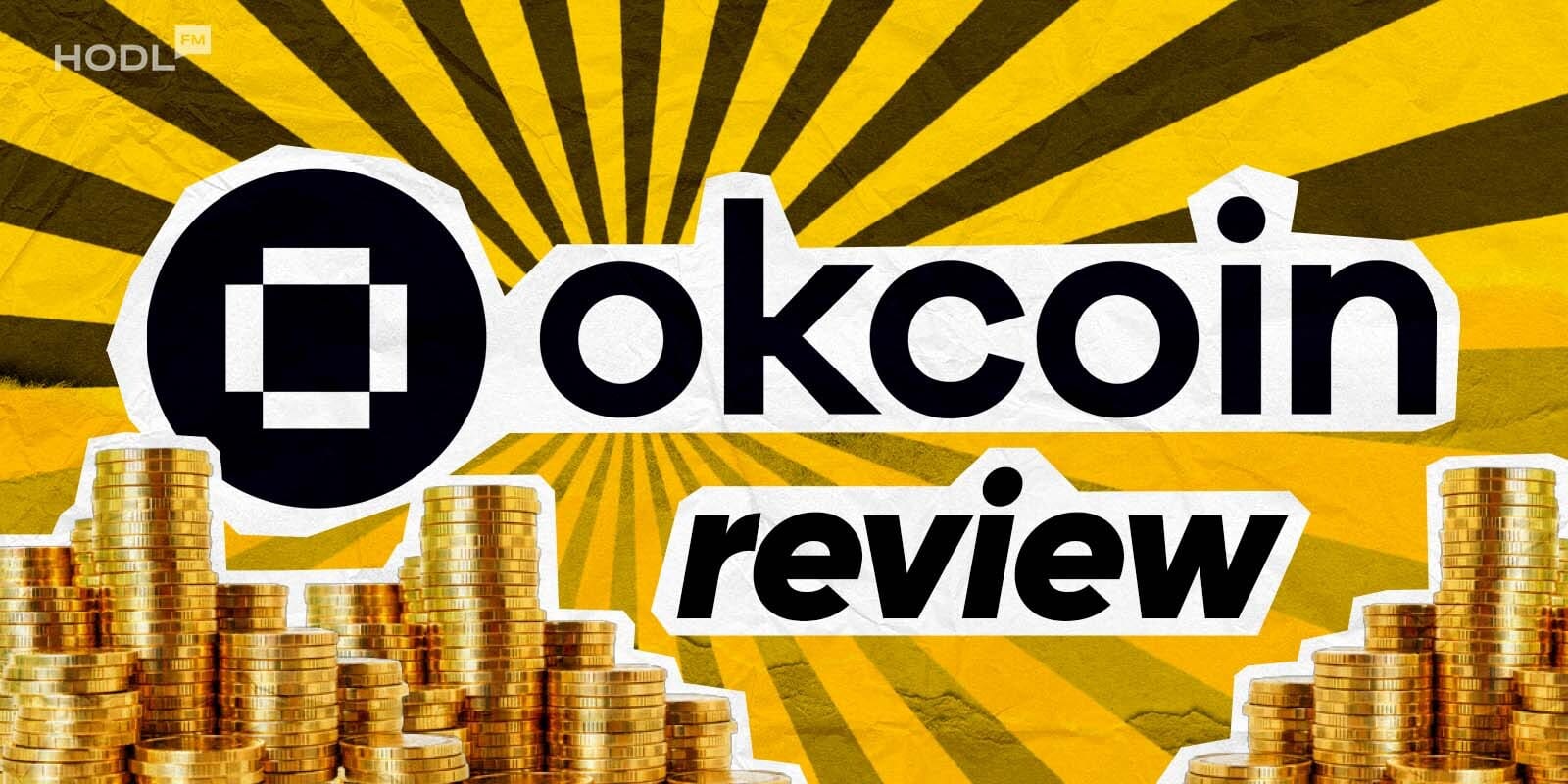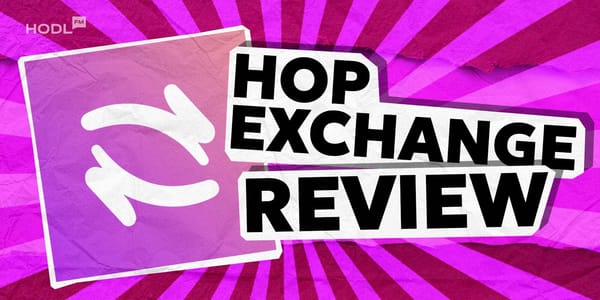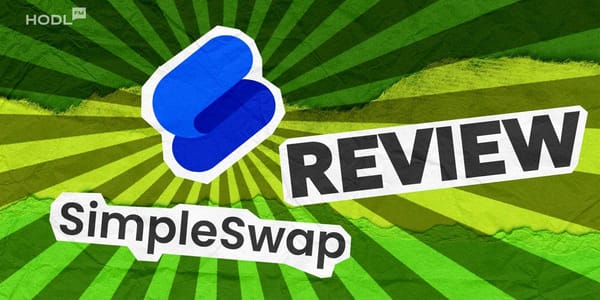Upbit was repeatedly mentioned in discussions while I was researching South Korean crypto exchanges. It's like everyone knows about it, and rightly so – it's huge. This exchange processes billions in daily volume and lists over 200 cryptocurrencies. But being big is not always the right thing.
I spent a good deal of time testing the Upbit exchange platform, and it is an interesting mixture. Some things it does very, very well, particularly when trading against the Korean won; others, not so well, when compared to some of the global competition. Let me tell you what I found out.
What is Upbit?
The operation of the exchange started in 2017 when Kakao (think of them as Korea's Google) partnered up with Bittrex to start something new. Perfect timing, as crypto was going ballistic and Korea needed a local exchange to satisfy demand while adhering to strict regulatory conditions. What sets Upbit apart from your typical crypto exchange is the level of intrusion it has in Korean culture and regulation. This is not some offshore pirate setup - it's a legitimate business that files taxes, obeys the law, and engages directly with Korean authorities. Downsides of regulatory compliance aside, it also, with the compliance, offers the type of stability you don't get everywhere else.
The exchange has managed to ride through some storms, including getting hacked in a big way in 2019, but it's still standing, stronger than ever. And hence the day today, it's no longer merely surviving, but thriving, nearly calling the shots in crypto trading in its homeland.
Supported Cryptocurrencies
This is the boat in which Upbit sails away. Over two hundred digital assets are there, so everything you want should be available among them: The bigwigs such as Bitcoin, Ethereum, XRP, Litecoin, and many more small projects and Korean blockchain initiatives you will never find on any Western exchange.
Some worthy DeFi tokens like Chainlink and Uniswap, the biggest altcoins like Cardano and Polkadot, and even newer layer-1 blockchains are some of those. My appreciation stems from the fact that Upbit is not willing to list just anything; there is a curation process involved, which weeds out obvious scams while still allowing emerging projects to make the cut.
Don't expect them to list every single memecoin or the TikTok crypto-of-the-day. Upbit tends to be a little conservative about listings, which is great or not, depending on your own trading approach. So, if you are all for snatching up the newest, riskiest tokens, the selection may probably seem a little too tame for you.
This conservative approach extends to their Upbit wallet security as well, where they prioritize established cryptocurrencies with proven track records. The Upbit wallet system reflects this philosophy by maintaining robust storage solutions for well-vetted digital assets rather than rushing to support every new token that enters the market.
The majority of trading occurs against the Korean won, Bitcoin, or USDT. The KRW pairs get preferential treatment in terms of low fees and liquidity, which is natural since it is the main market for the exchange.
User Interface
This Upbit review found that Upbit feels like the UI of a pro-anything-for-the-complete-beginner software. On logging in, you'll see charts, order books, and market data across the screen, including real-time Upbit trading volume statistics for each pair. It's detailed yet can be too much for anyone who has never traded cryptocurrencies.
The platform displays Upbit trading volume prominently, helping users identify which cryptocurrencies have the most activity and liquidity at any given moment.
The good thing is that everything is right there where you expect it. Following the standards of other exchanges makes the interface familiar to people who have used an exchange before. There is a simpler mode for beginners, even though it expects you to understand the basics of trading.
I like the charts a lot. Not as technically advanced as a TradingView screen, but still adequate for the majority of analytical needs. The good thing is, the real-time data is very reliable, and I did not experience the lag-time issues of some other exchanges when trading volumes are extraordinary.
One thing stands out: a beautiful, clean design. It is uncluttered, with no distractions of bizarre animation, and designed to bring focus to the data you will use to make trading decisions. That is probably boring to some people, but nothing goes over style when trading money.
Mobile App
They call it a really good mobile app-anyway, better than many of the competitors. Everything crucial on the desktop version goes through without a hitch on the phone and performs differently than a smaller screen of the dimly-lit one, with no feeling of constraint.
I personally use the application for price checks and quick trading when away from my computer. Touch controls feel responsive, orders can be placed with ease, and push notifications reliably alert you to anything, though it can get annoying when watching markets in disarray.
Security-wise, everything goes well on mobile. The biometric option for logging in is flawless, and integration with two-factor authentication goes on smoothly, making the app feel secure with reasonable ease of use.
The only real limitation is that those missing or really simplified in some cases are advanced charting features on mobile. For the basic technical analysis, it's fine, but serious chart readers will want to do their detailed work on the desktop.
Security Features
This Upbit exchange review must address security, as the platform has really improved over the years, in particular after the hack of 2019. Getting hacked never speaks well of a company, but how the company reacts can tell you a lot about who they are. Upbit took full responsibility, compensated every affected party, and completely restructured its security systems.
Security measures these days are quite robust. The two-factor authentication is compulsory, not optional. The majority of users' funds remain in cold storage, on systems disconnected from any form of Internet connection. The platform has acquired multiple international security certifications, and things are monitored around the clock for suspicious activities.
What I really like about this is the transparency. Upbit did not hide the facts nor minimize the impact of the hack. They published detailed reports on the matter, explained the improvements made, and showed their commitment to security in deed, rather than empty words.
Following the incident, Upbit also expanded its Upbit coin list with enhanced security protocols for each cryptocurrency. This comprehensive approach to protecting their upbit coin list demonstrates how they've learned from past mistakes and implemented stronger safeguards across all supported assets.
Now the account protection is cool. You can whitelist IP addresses, set a fund password for withdrawals, and get notifications immediately on any account activity. It really is all-encompassing without feeling like overkill.
Fees and Charges
Fee structures can make or break an exchange, and Upbit trading fees deserve careful consideration. They maintain flat rates that differ by trading pair types instead of using complex tiered systems based on trading volume.
For KRW pairs, it is just a 0.05 percent trading fee. Now, this is truly competitive, much better than offerings from most major exchanges, and hence one factor that allowed Upbit to massively dominate the Korean market. For Bitcoin and USDT pairs, it charges 0.25 percent, which is more of an extraordinary bump but still acceptable.
Withdrawal fees depend on the cryptocurrency, but are reasonable enough. Withdrawing Bitcoin costs approximately 0.0005 BTC, which covers network costs without overcharging. The other coins work similarly - you pay network fees plus a small margin for the service.
It's worth noting that the Upbit withdrawal limit varies by cryptocurrency and account verification level. For most users, the Upbit withdrawal limit provides sufficient flexibility for regular trading activities without being overly restrictive. There are no holding fees, which matters when considering long-term storage. Deposits are free or quite cheap most of the time, with bank transfer costs for KRW limited by your local bank's fees.
What makes Upbit trading fees particularly appealing is their simplicity. No complex calculations based on your 30-day volume or VIP status - just straightforward rates that anyone can understand at a glance.
Pros of Using Upbit
Here are the key advantages that make Upbit a compelling choice for cryptocurrency traders:
- Overall, one thing that really stands out is the cryptocurrency selection. With over 200 assets, diverse portfolios may be constructed without managing several exchange accounts. Also, one can find some Korean projects not available anywhere else.
- The security has become a real strong point. Post-hack improvements are a testament to commitment, with current measures being very strong in the industry. First-rate certifications and 24/7 monitoring provide peace of mind.
- The liquidity is terribly good across the major pairs. High volumes mean tight spreads and fast execution, even for large orders. This matters the most when things are moving fast.
- KRW trading is where Upbit really shines. That 0.05% fee combined with deep liquidity makes it just about the best market for KRW-based trading. If you are anywhere in Korea or have access to won funding, the benefits are major.
- There is a touch of trust from the regulatory compliance. Maybe not always the easiest thing to operate in strict Korean oversight, but it does give you assurance that this is not some fly-by-night operation that might disappear with your funds.
Cons of Using Upbit
However, there are several significant drawbacks to consider before choosing Upbit:
- Geographic restrictions form the key limitation here. Though the Upbit exchange platform is technically internationally accessible, Upbit is really made for Koreans. One may barely, if at all, open and verify accounts from foreign locations.
- Support for fiat is restricted to the Korean Won and the Singapore Dollar. No support for USD, EUR, or GBP means international users must resort to other means of financing their accounts, mostly by transferring crypto from other exchanges.
- The lack of margin/futures trading provides a letdown to the advanced traders. Many competitors provide leverage products, whereas Upbit decided to settle on spot trading only. This serves to handicap advanced trading techniques.
- More fees are on non-KRW pairs, rendering the platform an unattractive option if you cannot access KRW funding. BTC and USDT pairs charge 0.25%, imposing a heavier fee than what many alternatives charge.
- Support quality varies wildly depending on location and language. Korean users receive excellent support with efficiency, whereas internationally, support responds more slowly and in a less detailed fashion.
How to Get Started on Upbit
This Upbit exchange review's getting started guide shows that the process depends mostly on where you live. Residents of Korea enjoy perhaps the easiest registration process, document verification, and linking their bank accounts. But the process is made more complex for every other country.
- First, check whether your country is included in the Upbit-supported countries. This is an ever-evolving matter, as it is based on stringent regulatory requirements. Also, do not just assume you can gain access. If you can register, you will have to provide identification means and undergo KYC verification.
- Ensuring security should be your highest priority right now. Enable two-factor authentication; set a top-notch fund password; and, if you are working from the same places, whitelist those IPs. That is set to shield your account.
- Funding is the most difficult area for international users in the first place. Since you will not be able to access KRW accounts, you will need to deposit cryptocurrencies from an exchange or other service. Be sure you check the deposit address and network requirements so as not to lose your cryptocurrency.
- Take it slow as you learn the platform. There are unique quirks in the interface that are not present in other exchanges, so do spend enough time getting to grips with how things are supposed to work before committing larger amounts of money.
Upbit vs Other Exchanges
Comparing Upbit and global giants like Binance brings out interesting contrasts. Binance offers more cryptocurrency listings and global accessibility, whereas Upbit offers better KRW trading terms and stronger regulatory compliance.
Against Coinbase, the Upbit coin list is significantly more extensive, though it lacks beginner-friendly interfaces and educational materials. Coinbase is friendly for new users, while Upbit works better for experienced traders.
While Kraken provides margin trading and futures that Upbit does not, as well as wider fiat currency support, on liquidity, for major pairs at least, Upbit is often better than Kraken, and the security systems are on par.
Choosing one depends on what matters most to you. For Korean won trading, nothing comes close to Upbit. However, Upbit global access remains limited compared to other major exchanges. Maybe the other exchanges should become your pick for global access and advanced features.
Conclusion
This Upbit review shows that every exchange has its own inefficiencies, but they do excel in different arenas. This one stands out as an interesting option for those who trade in Korean won. A low-fee structure, liquidity, and an abundance of trading pairs create value for a select type of trader.
Major security implementations have been added since 2019. One nonetheless cannot really consider an exchange safe at all; indeed, that is what sets Upbit apart from its peers-a dedication to user protection and willingness to stand by their customers through difficult times.
That said, significant restrictions by geography are a real problem for many potential users. If you live outside Korea without simple access to KRW funding, much is going to take away from Upbit's front. Another thing to resolve is that the platform offers no advanced features that more advanced traders would expect.
My recommendation is split. Users in Korea should seriously consider Upbit for their primary exchange. From an international perspective, Upbit does merit a secondary listing for trading pairs that they cannot access elsewhere, but it probably should not stand as their primary venue.
Upbit works best for straightforward spot trading of established cryptocurrencies. While Upbit global expansion remains limited, the platform offers a reliable and secure trading experience for those who can access it. If this aligns with your needs and you can navigate the geographic constraints, the platform offers a reliable and secure trading experience.
FAQs
Where is Upbit located?
Upbit is based in South Korea and, as such, it possesses the necessary legal licensing and regulation. The company emerged from a cooperative arrangement between Kakao Corporation and Bittrex to meld local market know-how with proven exchange technology. There may be some users from outside South Korea, but primary operations, compliance, and market concentration are all in Korea.
Is Upbit safe?
Yes, Upbit is among the safer exchanges today. They learned tough lessons from the 2019 hack and rebuilt their security infrastructure from the ground up. The security measures now include keeping most funds in cold storage, mandatory two-factor authentication, 24/7 monitoring, and multiple international security certifications. They also paid out in full after the hack as a demonstration of commitment toward their users.
Does Upbit offer margin or futures trading?
No, Upbit limits itself to spot trading only. So, there is no such thing as borrowing funds to increase your position size, as it is also not possible to trade futures contracts. Having said that, this approach lessens complexity and risk for average users, while advanced traders will have to rely on other platforms for leverage. The emphasis on spot-only trading helps keep its fee structure straightforward and reduces regulatory hurdles.
In which countries is Upbit available?
Customers in South Korea stand to benefit most since all the functions of the platform, including the trading of Korean won, are available there. Residents of Singapore get access to the platform with Singapore dollars supported. Availability in Upbit-supported countries is limited, with frequent changes based on regulatory requirements. Most international users have restrictions in creating or verifying their accounts; therefore, do check the current policies before attempting registration.

Disclaimer: All materials on this site are for informational purposes only. None of the material should be interpreted as investment advice. Please note that despite the nature of much of the material created and hosted on this website, HODL FM is not a financial reference resource, and the opinions of authors and other contributors are their own and should not be taken as financial advice. If you require advice. HODL FM strongly recommends contacting a qualified industry professional.





